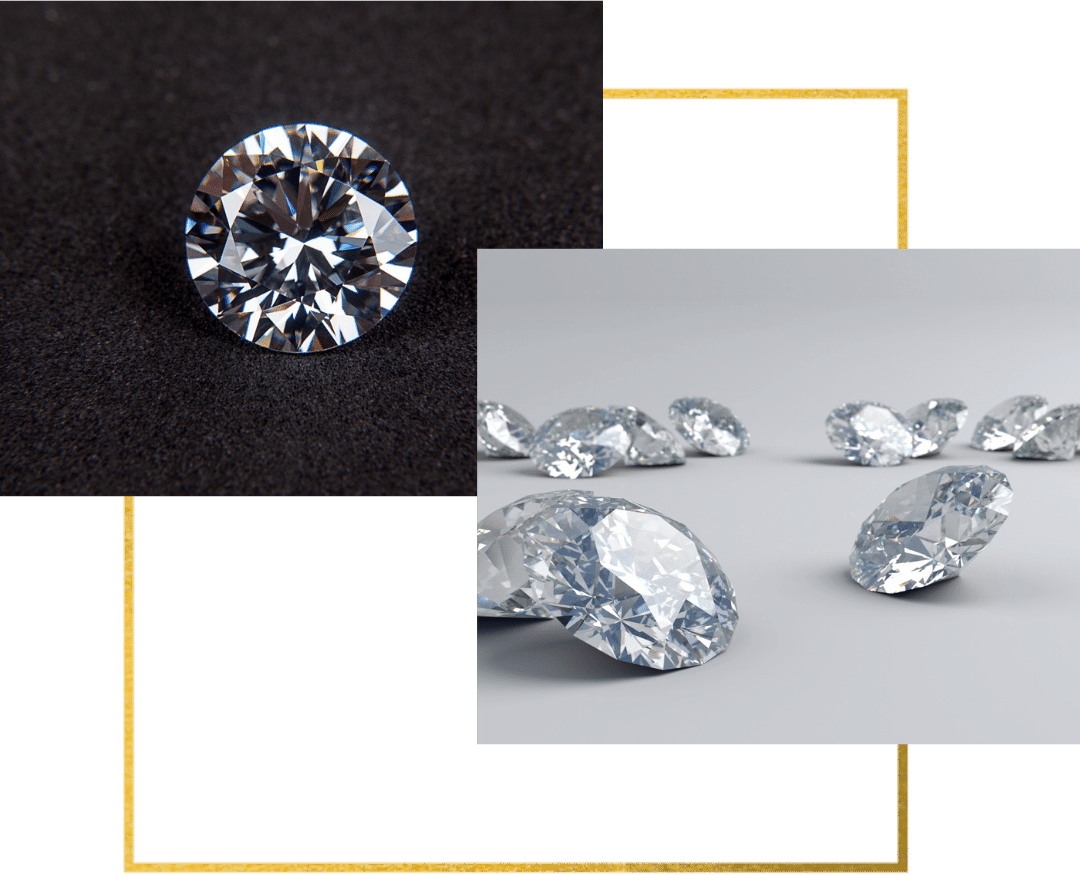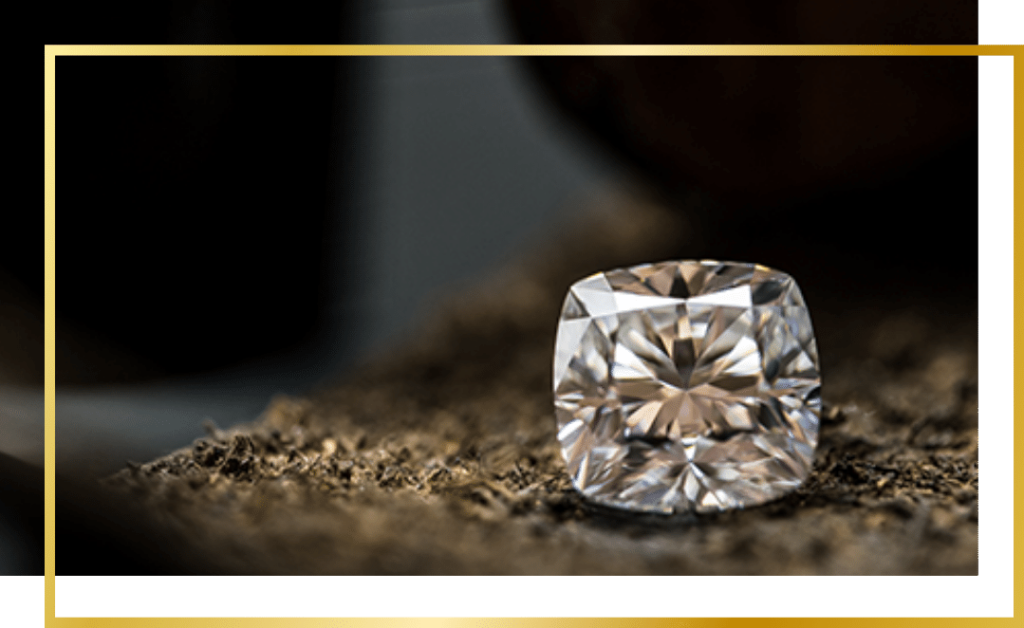Diamond Education

The 4Cs grading system is a guideline, rather than a “good” or “bad” scale. The first thing to keep in mind when learning about the 4Cs is that there is no right answer. What really matters is what you think of the diamond and its natural appearance.
Carat
Cut
Color
Color is one of the most noticeable attributes of a diamond and has a heavy impact on the price of a stone. A diamond’s color grade actually measures how little color it reflects. The diamond color grading scale begins with “D” and ranges down to “Z”. A diamond assigned a grade of “D” has absolutely no color — it looks pure white, even to a gemologist inspecting it carefully under 10X magnification. On the other hand, a diamond assigned a grade of “Z” looks yellow or brownish.
-
Colorless
(D, E, F): Pairs well with platinum, palladium, and white gold. -
Near-Colorless
(G, H, I, J): Pairs well with white, yellow, or rose gold. -
Noticeable Color
(K, L): Pairs well with yellow gold or rose gold.
The Levels of Clarity
-
VS1
Very Slightly Included 1 (VS1)
At VS1, you may be able to see a few tiny imperfections upon close inspection. -
VS2
Very Slightly Included 2 (VS2)
At VS2, you might be able to see a few more tiny inclusions. -
SI1
Slightly Included 1 (SI1)
Imperfections, though small, are likely to be visible with the unaided eye. -
SI2
Slightly Included 2 (SI2)
Imperfections, though small, are likely to be visible with the unaided eye. -
FL
Flawless (FL)
No surface imperfections or inclusions; the rarest of all diamonds. -
IF
Internally Flawless (IF)
No visible inclusions, even under magnification. -
VVS1
Very Very Slightly Included 1 (VVS1)
No imperfections visible to the unaided eye. -
VVS2
Very Very Slightly Included 2 (VVS2)
No imperfections visible to the unaided eye.
Clarity
Clarity refers to a diamond’s natural inclusions, or lack thereof. While small marks within a diamond are natural, their appearance can leave something to be desired if they are visible to the unaided eye. The facet patterns of the brilliant-cut diamond shapes such as round and princess can hide certain imperfections, but step-cut shapes such as emerald have large, open tables that make inclusions more obvious. If you want to rest assured that your diamond will display a clean and stunning brilliance, a clarity grade of VVS2 or higher is recommended for all diamond shapes.
